For almost 60 years I've been flying into the island of Ireland – the past 20 of them spent commuting back and forth on a weekly basis between London and Cork – it all seems a bit mad in hindsight. But it does allow me to claim that in just about every possible combination of weather conditions I know what Ireland looks like from above. Hold that thought, because it offers a clue to what I find most fascinating about Dennis Horgan's most recent book.
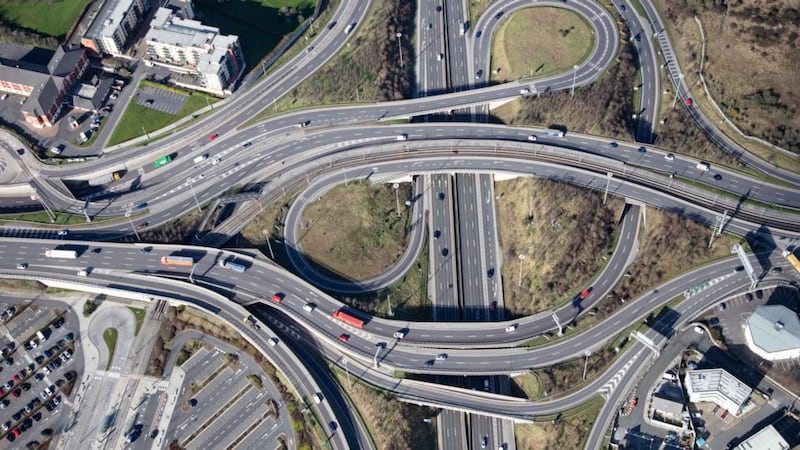
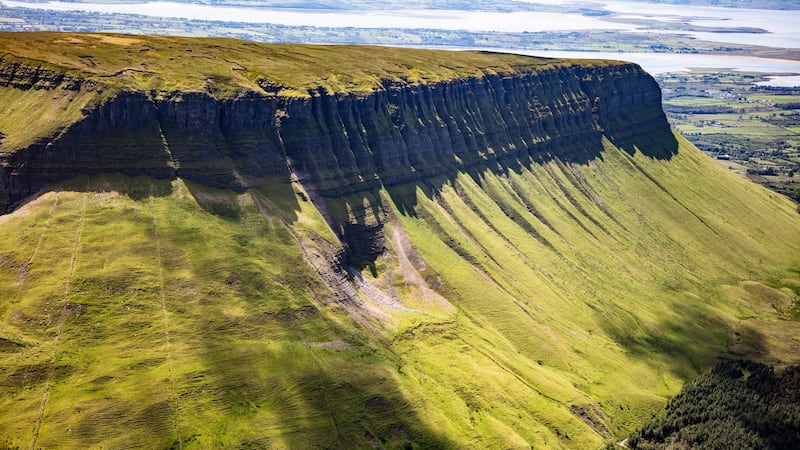
While I’ve watched the island change, Horgan has documented that change in all its beauty and complexity. What emerges from these pages is that without intelligent planning, the commercial development of the country could invoke WB Yeats’s prophecy of a “terrible beauty” being born. Ireland’s landscape is unquestionably at a crossroads.
Seen from above, for all the hardship and individual suffering of the past, this island has largely escaped the industrial devastation of so many parts of the United Kingdom, let alone other "coal and oil cursed" nations of the world. It has no "black country", few "industrial wastelands", no endless pattern of oil rigs to permanently disfigure its landscape in ways comparable to that of its larger neighbour. In hindsight, and certainly when viewed from the air, we can now see that as an incredible blessing.
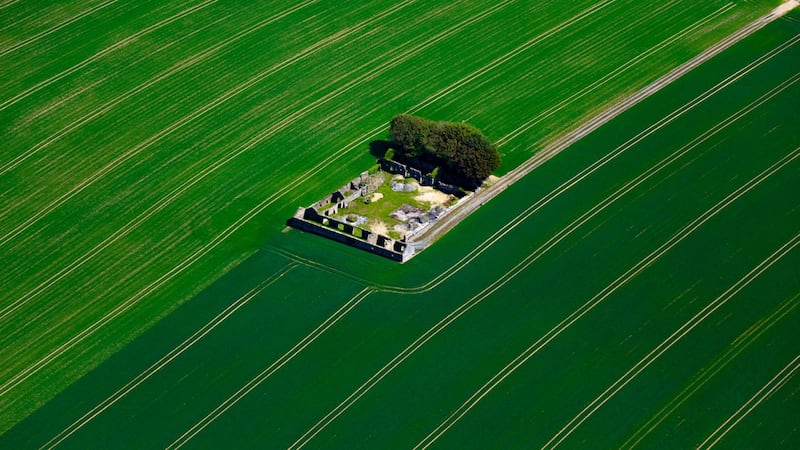
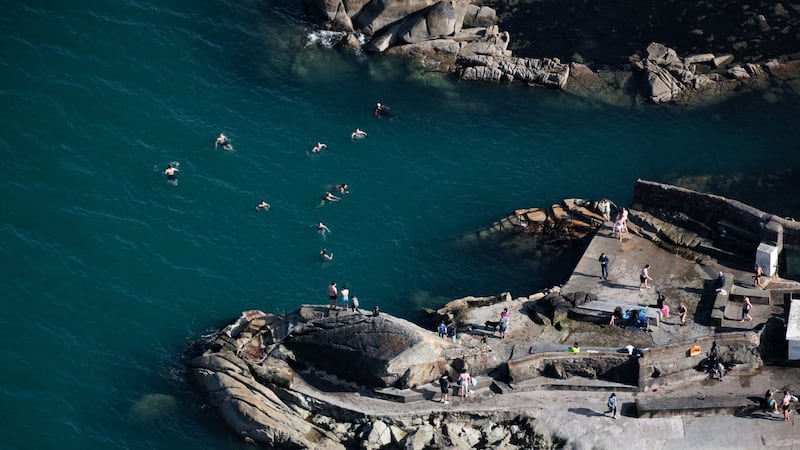
Horgan has photographed an evolving situation, a country caught midway between its post-industrial present and the type of thoughtful civic-centred nation into which it will have to evolve if the worse depredations of our climate-riven future are to be avoided.
Yet the warning signs are there, as evident in photos such as the view over Cork city, where planning appears to be at best haphazard and at worst incoherent.

In obeying the ruthless demands of economic growth, we might find ourselves jeopardising the very thing that makes Ireland special, different, or, as we claim in west Cork “a place apart”.
So, linger on images such as Killary Harbour, give yourself a moment to conjure up the possibility of a more imaginative future – one that’s simultaneously more beautiful, more liveable, more harmonious and, over time, economically more viable.
It seems invidious to choose my own individual favourites, so I'll focus instead on "themes" such as the energy that comes off the photograph of fun on Kenmare river, the humanity you can identify within the campsite (although I hope they cleared up the detritus when they left).


I was especially struck by the development in Horgan's "graphic" imagination, illustrated in the photograph of ruins in a field in Co Wexford, along with his choice of subjects when reminding us that form and function are not opposites, but at their best entirely complementary.
Lastly, I wouldn't be forgiven, nor should I be, were I not to plump for the effort and energy that make Irish men and women welcome the world over. This is perfectly exemplified in the photograph of double skulls rowers: where do you imagine those Olympic medals come from other than the guts and commitment of the rowers of Skibbereen.
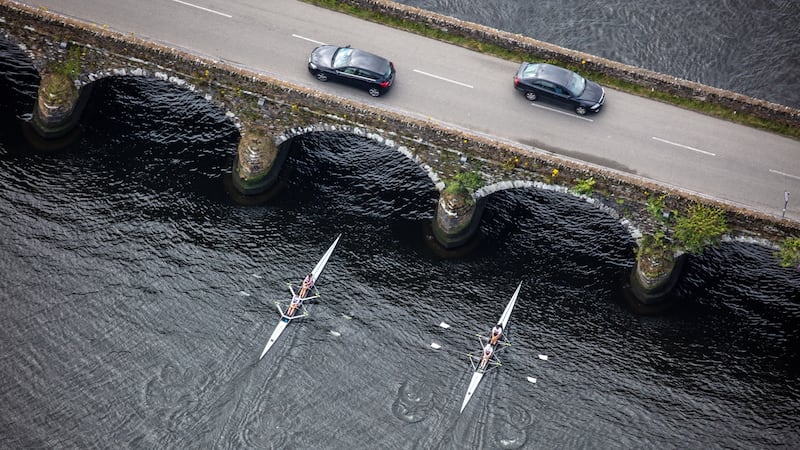
This book celebrates a very particular moment in time – the future beckons; but the past is brilliantly illustrated to remind us there can be no one-way bet on any form of sustainable future.
This is an edited extract of a foreword by David Puttnam in: Ireland – An Aerial Journey, by Dennis Horgan (Red Stripe Press), €35, which is available now












